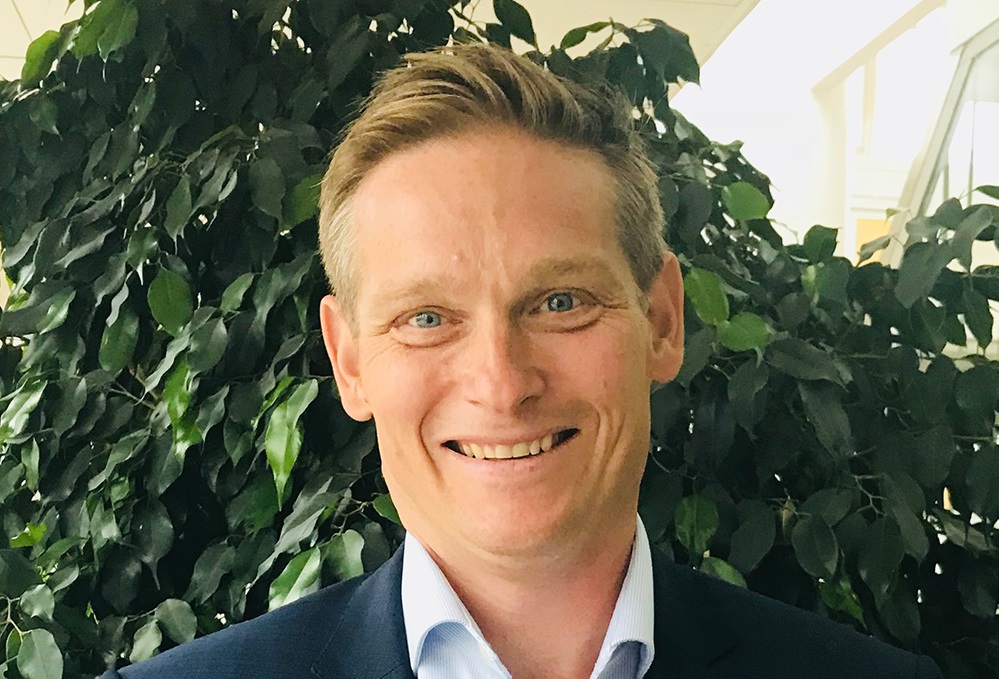
Mikael Huldt: We are currently in an unusual situation with interest rates being negative or at least zero coupled with years of quantitative easing, which was essentially money being free.
Across many asset classes, there are a lot of risks that do overlap on the basis that they have shared drivers, so we do see interest rate risk, as well as inflated asset prices amongst other issues.
This is very hard to avoid because these risks are caused by very strong macro factors that are touching every asset class.
Diversification is definitely something you want to have, and you could do your best to avoid overlapping risks, but this is very difficult based on the current market environment.
Mikael: The low growth that we are experiencing combined with zero interest rates and years of liquidity being pumped into the system by central banks, which is creating a special situation for most markets and asset classes.
You are seeing a lot of investors turning to whichever options they can find, since there are few alternatives and they need to move away from fixed income because you either have to pay, as you are investing into government bonds or similarly having negative yields, or you are earning very little.
Investors are therefore forced into riskier assets and this whole shift is driven by the macro factors that I stated. It is hard to avoid these risks and movements since the overarching drivers are touching everything within financial markets.
Mikael: You need to be comfortable that there are long-term trends driving the investment themes that you are backing, and that these will be viable even in a more normalised interest rate environment.
Within the field of alternative investments, you could look at private equity as an example where we can observe a strong trend of fewer companies wanting to be listed and more are wanting to be owned privately for longer.
Also, there is strong evidence that the governance model employed by private equity in many cases is superior to those of public equities and thereby able to effectuate change and create value.
If you turn to look at alternative credit and private debt, these are other areas where you could rely on other long-term trends.
"There is strong evidence that the governance model employed by private equity
in many cases is superior to those of public equities."
The lending landscape and the way that banks are behaving is changing due to regulations and other factors such as consolidation.
This facilitates opportunities to lend to smaller and medium sized enterprises, which is likely to remain in the long-term.
There are other examples and strategies, which would have a harder time surviving on a comparative basis in a more normal interest rate environment.
Mikael: “You don’t know what you don’t know”, so if they are truly hidden it is very hard to navigate.
In my opinion, you need to have a “plan B” or contingency plan which you keep in your top shelf that you can pick up if market dynamics change completely and if some risk scenarios come true.
It is very hard to find hidden risks and how different risks will be of correlated.
You could try to outsmart whatever type of macro or micro data you can find, but it is virtually impossible to see all of these risks.
You need to be prepared because when certain events happen, a number of risks come to surface and will also be correlated, which you might not have foresee perfectly, and in these cases, you need to have a plan B.
"You need to have a “plan B” which you keep in your top shelf in
case market dynamics change."
This plan B is what will set some investors apart from the rest because there will be a strong level of paralysis when markets shift.
If you do have good sense of what exposures you have and what tactical options are available if certain events were to transpire, you will be better off.
Of course, when an event does occur, it will be difficult as such point to perform an in-depth analysis or look at what assets you should increase or decrease your exposure to.
In these types of situations, not only is it important to decrease some of your exposures but also to increase other exposures in order to counter-balance and be able to take advantage of market dislocations.